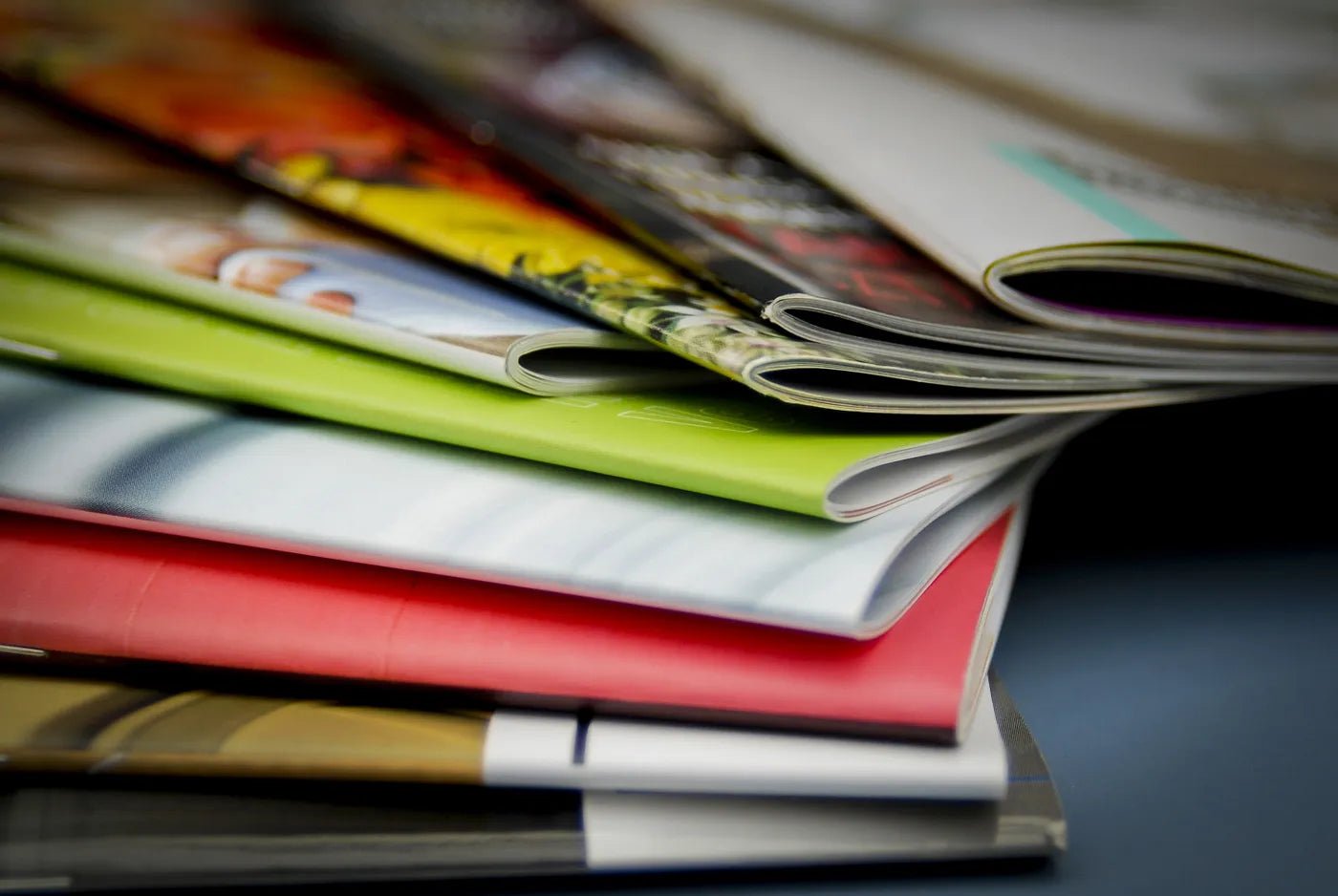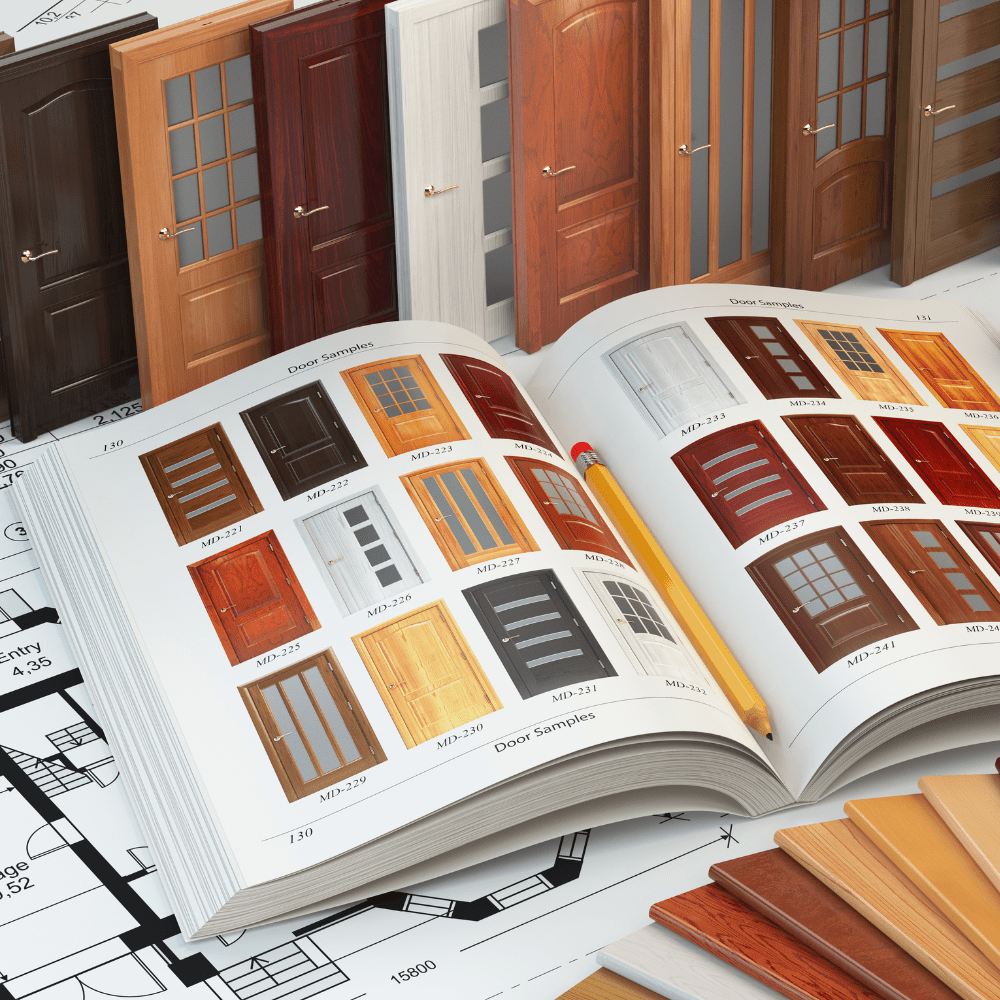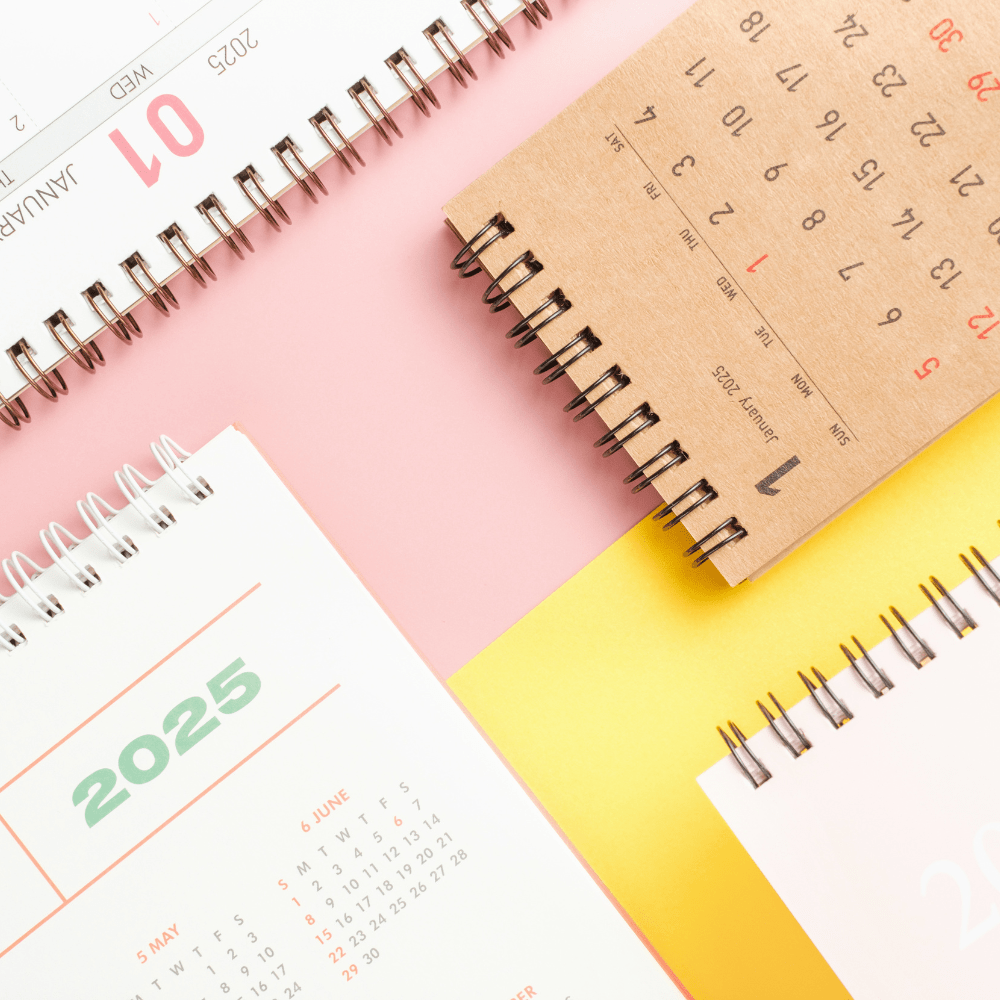Offset Printing vs Digital Printing
Let's explore the difference between digital printing and offset printing —including how each works, cost comparisons, turnaround times, limitations, and real-world examples. This blog will help you decide which method is most suitable for your paper printing requirements.
We will avoid technical jargon, making it simple even for those new to printing technology. Our focus will be on paper printing and paper packaging use cases only.

Exploring the Two Printing Methods
Offset Printing:
Offset printing is generally used for larger print orders, typically quantities over 100–150 pieces. About 80% of printed paper products are produced using offset printing due to its cost efficiency. Popular machines in offset printing include Heidelberg, Komori, and ManRoland.
Digital Printing:
Digital printing is suited for shorter print runs—usually fewer than 150 pieces. It's quicker than offset printing and ideal for mock-ups, samples, personalized calendars, marathon bibs, and small batches. Digital printing utilizes machines like HP Indigo, Canon, Konica Minolta, Ricoh, and Xerox.
Quality Comparison
Both offset and digital printing provide similar high-quality results due to technological advancements. Quality alone should not determine your choice, as both methods offer consistent outcomes.
-
Enhancements like lamination, UV coating, foiling, and embossing/debossing are possible with both methods.
-
Colour consistency is achievable with both printing techniques.
-
Digital printing may require lamination or coating to protect the print due to slightly lower ink rub resistance.
Delivery Timelines
Your printing choice should primarily be based on your required delivery timelines. If you need brochures, laminate catalogues, tile binders, or mono cartons within a short turnaround time (1–3 days), choose digital printing.
Typical Turnaround Times:
-
Digital Printing: 1–3 days
-
Offset Printing: 3–7 days

Reasons for the Difference:
-
Offset printing requires 6–7 hours of drying time; digital prints dry instantly.
-
Offset printing setup requires at least 30 minutes regardless of quantity.
In short, for urgent orders choose digital printing, and for larger quantities with flexible timelines, offset printing is ideal.
"We recommend choosing digital printing based solely on urgency, quantity, and personalization. Offset printing is usually more cost-effective for larger orders."
Paper Options
Both printing methods work efficiently on various paper stocks such as art paper, FBB boards, textured paper, MetPet sheets, and plastic sheets.
A current limitation in digital printing is the limited ability to print white ink, specifically on MetPet and plastic sheets. Digital machines capable of white ink printing exist but are expensive and relatively uncommon.
Cost Analysis
For small quantities (100–150 pieces), digital printing is typically more economical. This is true for around 90% of printed paper products. For example, digital printing remains cost-effective for stickers even up to 1000–3000 pieces.
If you're printing 250 mono cartons, digital printing usually offers a better per-unit cost. Actual per-unit costs depend on how many finished products fit on a single printable sheet for each method.

Real-life Cost Example: Brochure Printing
Specifications:
-
A4 size, 24 pages, 250 gsm art paper, full-colour, center pin binding
Digital Printing Costs:
-
50 pcs: ₹245/unit
-
100 pcs: ₹245/unit
-
150 pcs: ₹235/unit
Offset Printing Costs:
-
100 pcs: ₹232/unit
-
150 pcs: ₹162/unit
-
300 pcs: ₹96/unit
-
500 pcs: ₹68/unit
Conclusion:
Digital printing has consistent pricing regardless of quantity, whereas offset printing costs significantly decrease with higher quantities.
Case Studies from Our Clients
Laminate Catalogue Example:
A laminate company faced delays in catalogue design but had a fixed launch date for a dealer meet. We produced:
-
10 catalogues digitally (delivered in 4 days)
-
3,000 catalogues via offset (delivered in 14 days)
The urgency made digital printing ideal initially, despite offset's lower cost at larger volumes.
Mono Carton/Pharma Carton Example:
A pharma client needed printed cartons for regulatory approval in the Czech Republic. We printed 100 digitally for approval purposes. Once approved, we switched to offset printing for larger quantities.
Final Thoughts on Digital vs Offset Printing
Both printing methods have their unique strengths and cater to different needs. Choosing wisely depends on your quantity, urgency, and personalization requirements. For most large-quantity projects, offset printing is advisable due to cost-effectiveness and extensive finishing options.
Still unsure about the best printing method for your project? Our expert team at Printwell can guide you step-by-step for all your paper printing and packaging needs.
Still Unsure Between Offset and Digital Printing?
Let our experts help you make the perfect choice for your next print project.
Contact Printwell today for personalized advice and seamless printing solutions.
-
Email: info@printwellindia.com
-
Instagram: @shree_printwell_offset_pvt_ltd
-
LinkedIn: Shree Printwell Offset Pvt Ltd













